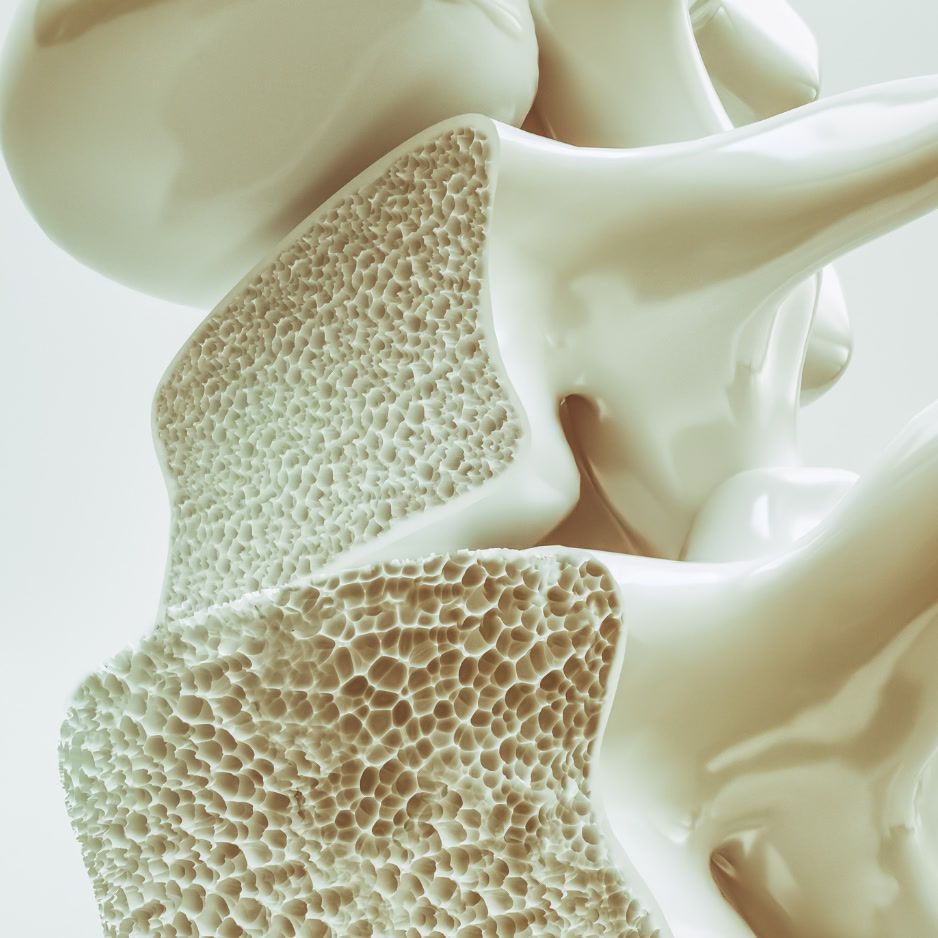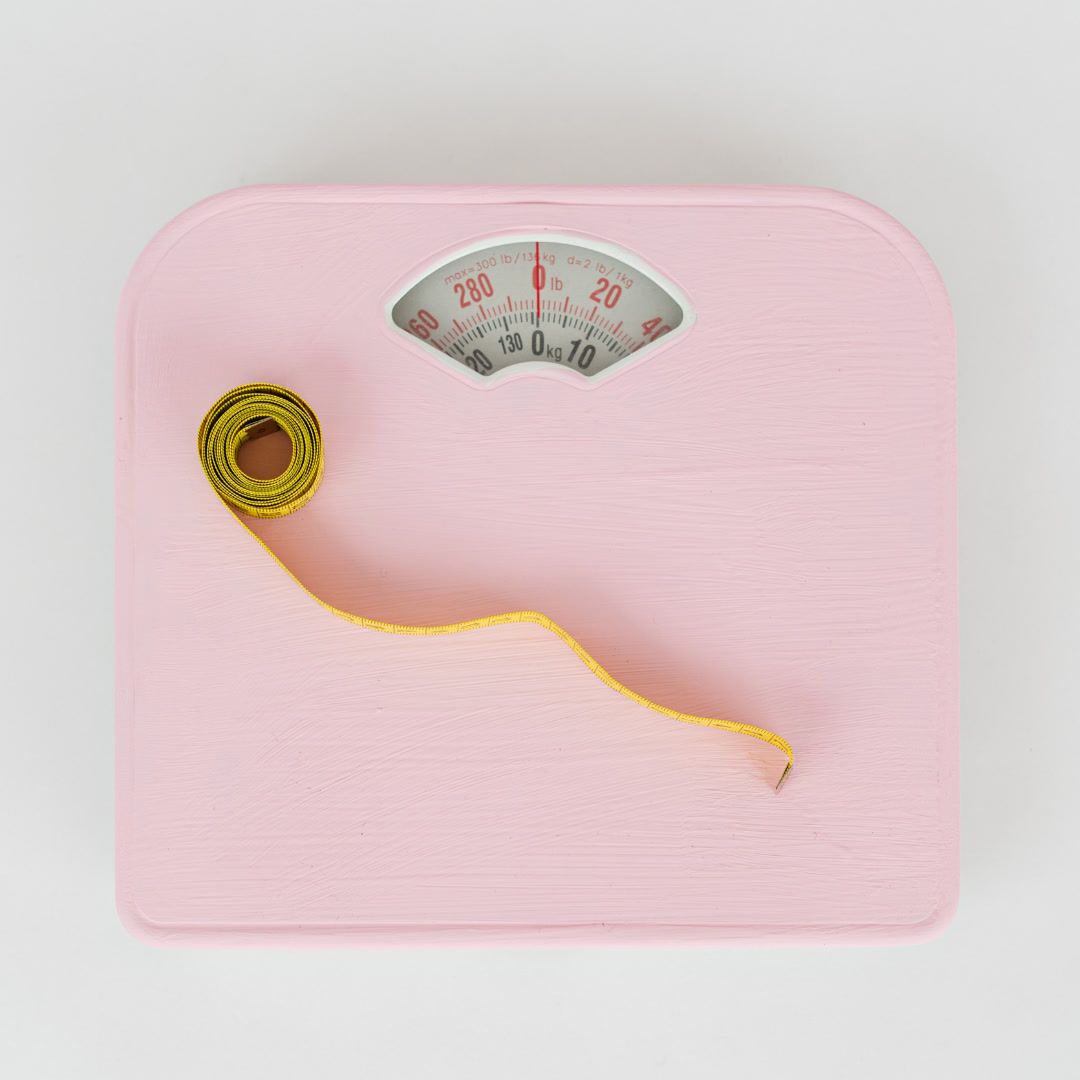Visible Abs Timeline: Diet, Training, and Progress Guide

Visible Abs Timeline: A Diet & Training Guide
Achieving visible abs requires two things: reaching a sufficiently low body-fat percentage and developing the abdominal muscles underneath. This guide offers a simple timeline formula (with examples) and a practical plan for nutrition, training, sleep, and tracking.
- Body-fat targets: Men typically see clear definition at approximately 6–12% body fat (outlines can appear around 13–15%). Women typically see definition at approximately 16–20% (outlines may show around 21–23% with strong core development). Our guide on the body fat percentage needed to see abs explains the ranges and why they vary.
- Typical timeline: approximately 8–20 weeks for many people, depending on your starting point and weekly fat-loss rate.
Step 1: Estimate your timeline to visible abs
Use this quick, repeatable calculation to estimate your weeks to “visible abs.”
-
Inputs
- Current body weight (W)
- Current body-fat percentage (BF)
- Your target body-fat threshold (T)
- Men: choose 10–12% for a realistic lean look; 6–9% for photo-ready.
- Women: choose 17–20% for a realistic lean look; 14–16% for photo-ready.
-
Formulas
- Fat mass (FM) = W × BF
- Lean mass (LM) = W − FM (everything that isn’t fat)
- Target weight (Wtarget) = LM ÷ (1 − T)
- Fat to lose (ΔFat) = W − Wtarget
- Weeks to goal ≈ ΔFat ÷ your weekly fat-loss rate
-
Choose a safe weekly fat-loss rate
- Most people do best at about 1–2 lb per week, or roughly 0.5–1.0% of body weight weekly (NIDDK safe weight-loss guidance).
Here are two hypothetical examples to show the formula in action:
Worked example (Male)
- W = 185 lb, BF = 18% (0.18), choose T = 12% (0.12)
- FM = 185 × 0.18 = 33.3 lb
- LM = 185 − 33.3 = 151.7 lb
- Wtarget = 151.7 ÷ (1 − 0.12) = 172.4 lb
- ΔFat = 185 − 172.4 = 12.6 lb
- Weeks at 1.0 lb/week ≈ 13 weeks; at 1.5 lb/week ≈ 8–9 weeks
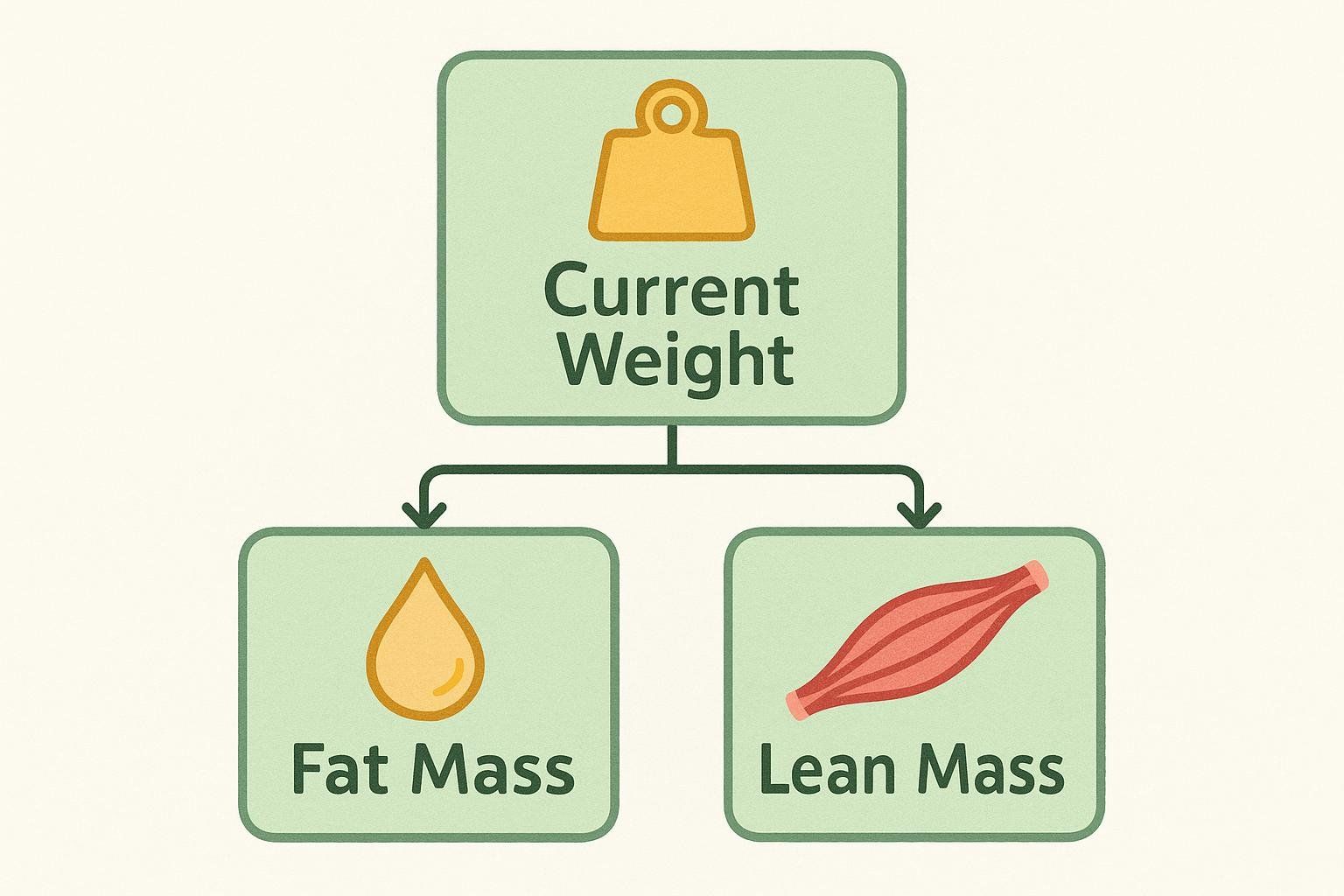
Worked example (Female)
- W = 155 lb, BF = 26% (0.26), choose T = 19% (0.19)
- FM = 155 × 0.26 = 40.3 lb
- LM = 155 − 40.3 = 114.7 lb
- Wtarget = 114.7 ÷ (1 − 0.19) = 141.6 lb
- ΔFat = 155 − 141.6 = 13.4 lb
- Weeks at 1.0 lb/week ≈ 13–14 weeks; at 0.75 lb/week ≈ 18 weeks
Genetics and fat distribution influence ab visibility. Two people at the same body-fat percentage can look different based on fat distribution and ab muscle thickness.
Step 2: Turn your timeline into daily calories and macros
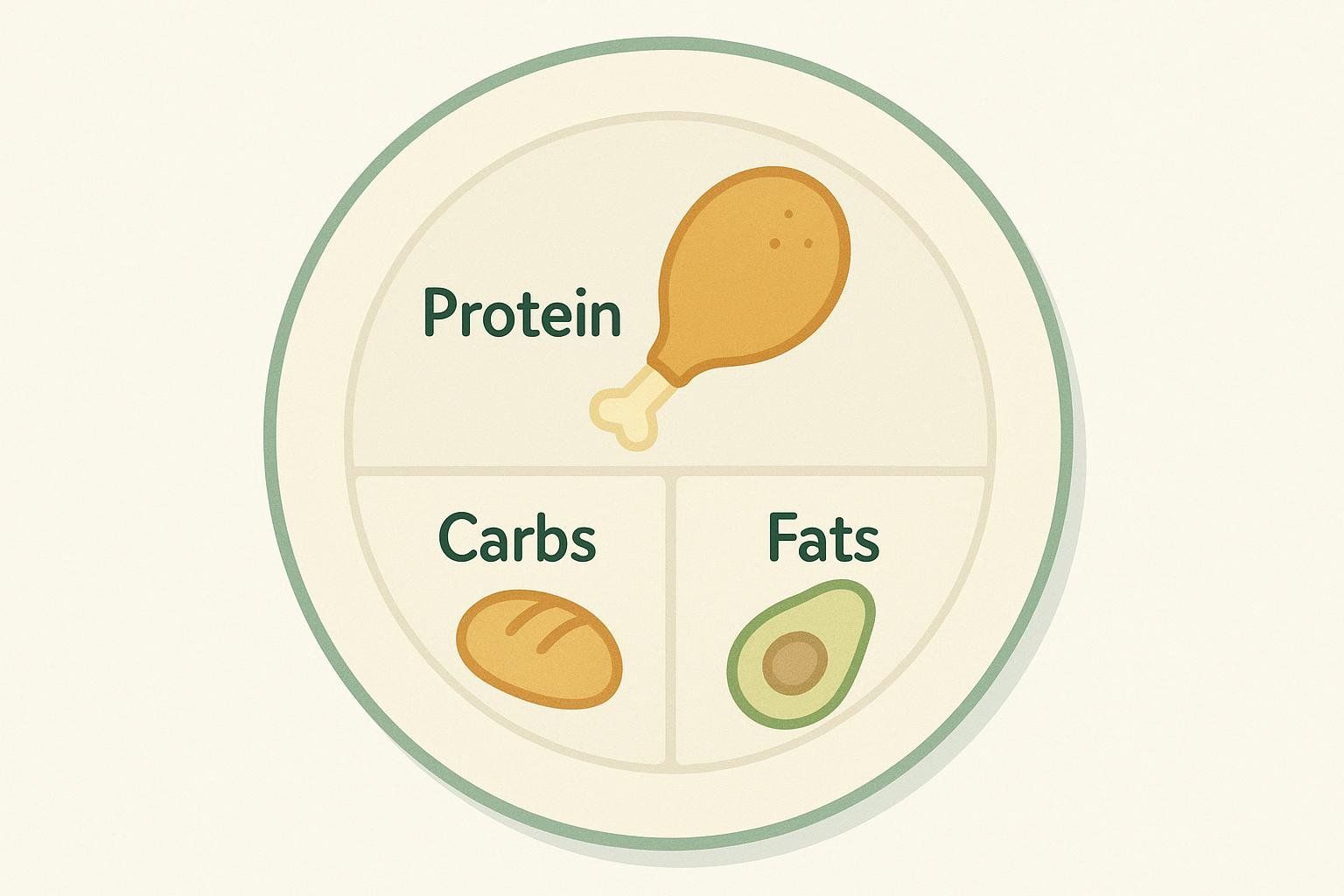
Set a moderate calorie deficit:
- A daily deficit of about 300–500 kcal typically yields 0.5–1.0 lb/week of weight loss for many people (in line with NIDDK’s safe weight-loss guidance). While our Body Fat Percentage Calculator offers a free estimate, a DEXA scan provides the most accurate baseline measurement.
Protein first to preserve lean mass:
- Aim for 1.4–2.0 g of protein per kg body weight per day, spread across 3–5 meals (ISSN position stand on protein). If you’re hoping to add muscle while trimming fat, see building muscle in a calorie deficit.
Fill the rest with carbs and fats based on preference and training needs:
- Keep fats and carbs flexible. Many succeed with 20–30% of calories from fat and the rest from carbs to fuel workouts; adjust to your performance, recovery, and hunger.
Optional timing boosts:
- Place more of your carbs around hard training.
- Consider pre-sleep protein (30–40 g casein) to support overnight muscle protein synthesis (ISSN position stand).
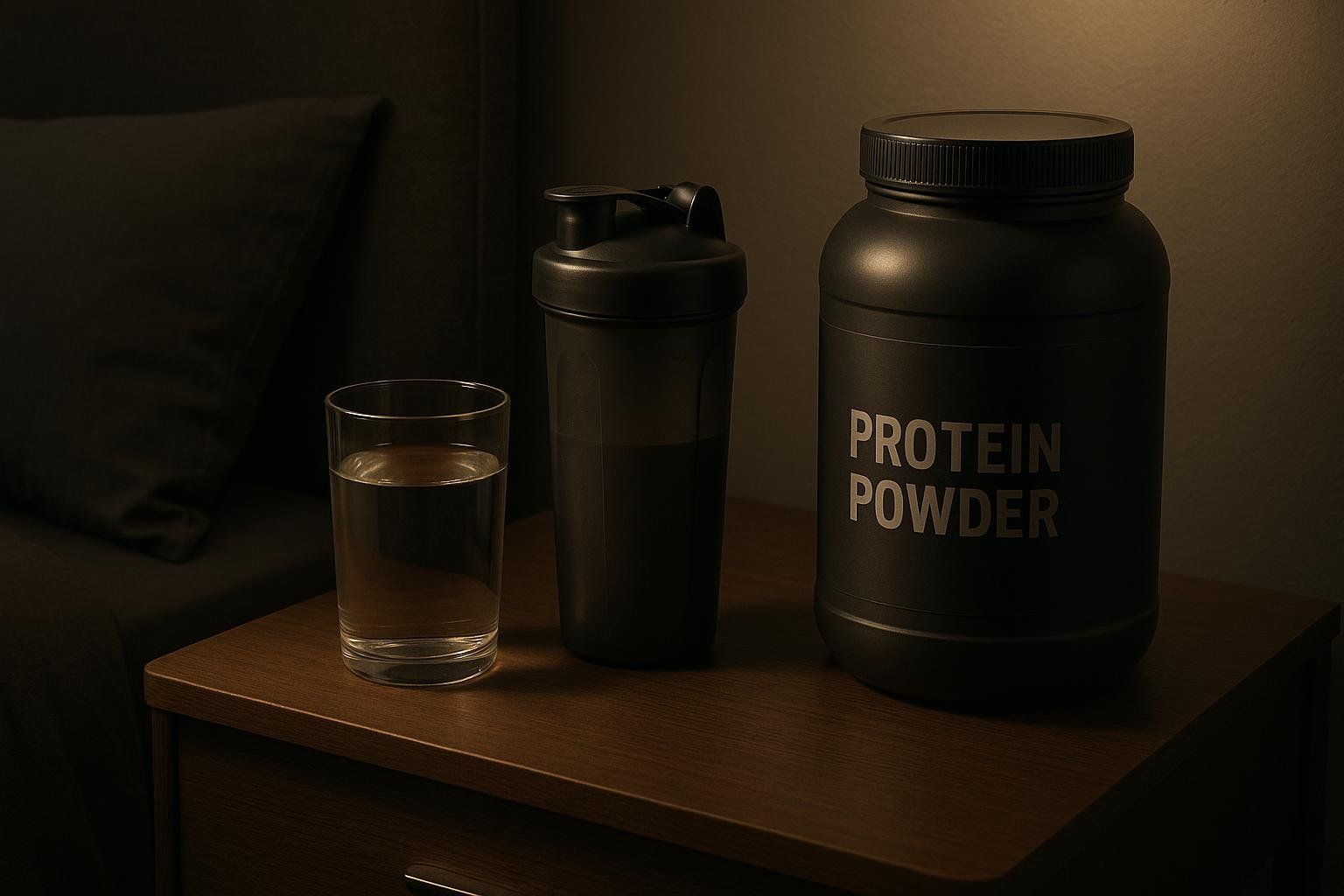
Step 3: Train for fat loss while keeping (or growing) your abs
Your weekly blueprint (tweak volumes to your level):

- Strength training: 3–4 days/week. Focus on strength training with compound moves (squats, presses, deadlifts, rows, pull-ups) to drive muscle retention.
- Core hypertrophy: 2 short sessions/week. Progressively overload cable crunches, hanging leg raises, and weighted planks so your abs get thicker and more visible. See Hanging Leg Raises and How to Build Core Strength.
- Cardio: 2–3 sessions/week. Mix moderate steady-state and intervals.
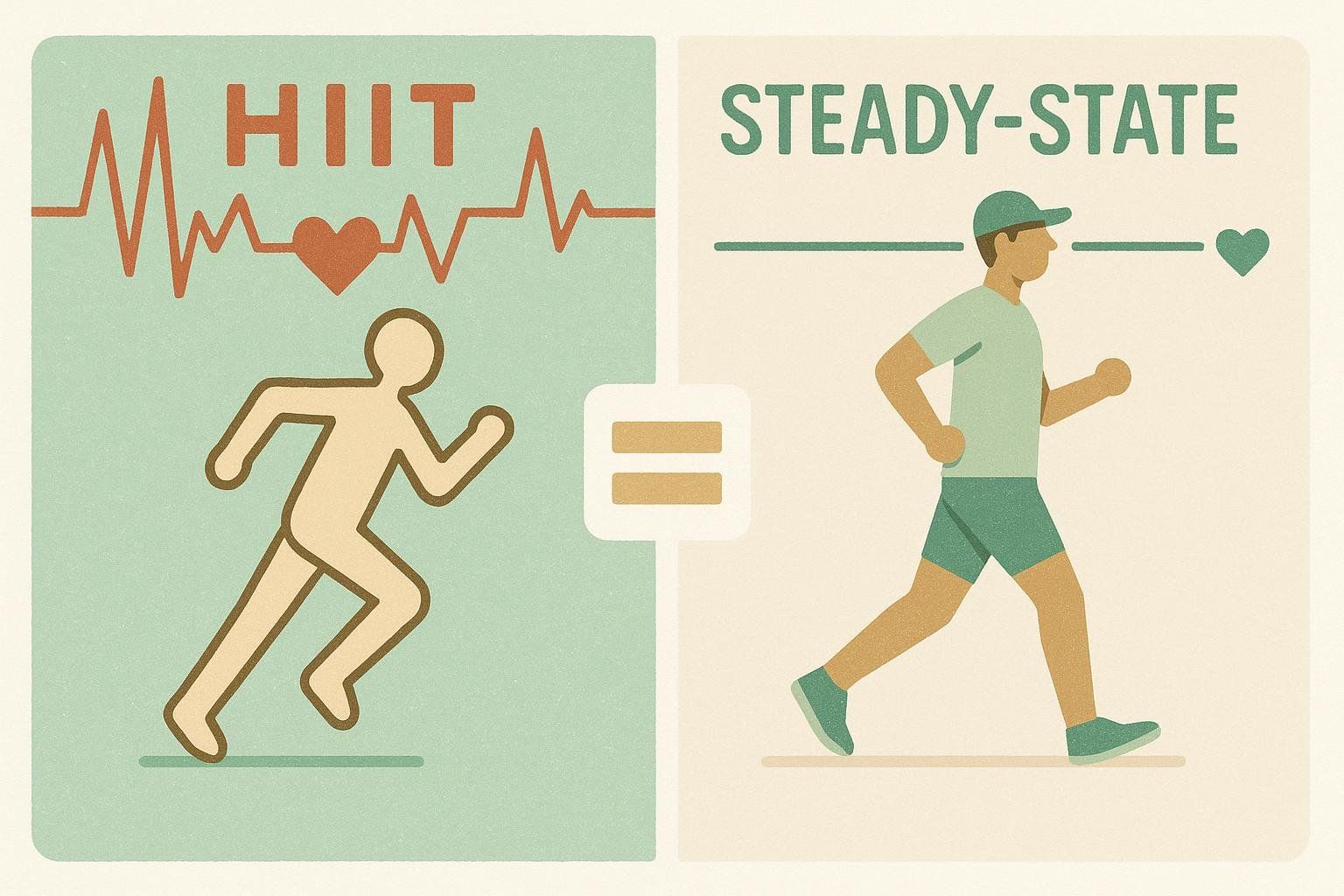
What the research says:
- Adding resistance training to a diet tends to produce greater fat loss and better preservation of fat-free mass than diet alone, according to a 2023 systematic review and meta-analysis in BMJ Open Sport & Exercise Medicine.
- When total work/calories are matched, HIIT isn’t clearly superior to steady cardio for fat loss—so pick the style you’ll actually do, a finding supported by a 2023 meta-analysis in the Journal of Exercise Science & Fitness.
Step 4: Prioritize sleep to support fat loss
Improving sleep directly supports calorie control. In a randomized trial of short sleepers (less than 6.5 hours), extending sleep by approximately 1.2 hours per night reduced energy intake by about 270 kcal per day without changing expenditure, per a 2022 randomized clinical trial in JAMA Internal Medicine.
Targets:
- Aim for 7.5–9 hours in bed. Keep a consistent schedule, cool/dark room, and a 60-minute wind-down.
Step 5: Track with precision (DEXA > guesswork)
DEXA scans accurately quantify fat mass, lean mass, and bone density. This makes them ideal for confirming that your weight loss is primarily from fat, a conclusion supported by a 2024 review in Cardiovascular Prevention and Pharmacotherapy. They can also estimate visceral fat.
- Start with a baseline scan, then re-scan every 4–6 weeks to verify fat loss, lean-mass retention, and visceral fat changes. Learn more in our guides on DEXA scan accuracy and BodySpec’s quality standards.
- DEXA reports “lean mass,” not pure muscle. Additionally, method differences exist across devices, so it’s best to scan on the same machine when possible for consistent tracking, per a 2018 methods comparison in Journal of Cachexia, Sarcopenia and Muscle.
To get the most accurate results, review how to prepare for your BodySpec scan.
Frequently Asked Questions
Q: At what body-fat percentage do abs become visible?
- A: Generally, around 6–12% for men and 16–20% for women, with outlines showing a bit higher for some based on genetics and ab thickness, as detailed in our guide on body-fat percentage for visible abs. See Step 1 for target ranges and examples.
Q: How many weeks will it take me to see abs?
- A: Use the timeline math in Step 1. Divide “fat to lose” by a sustainable weekly loss (1–2 lb/week is common). Many people land in the 8–20 week window depending on starting point and consistency.
Q: Do ab workouts make abs visible faster?
- A: They make your abs thicker and more defined, which can help them show at slightly higher body-fat levels—but you still need to lower overall body fat for true visibility. This is because spot reduction—the idea of losing fat from one specific area through targeted exercises—is not possible. See Step 3.
Q: HIIT or steady-state cardio for fat loss?
- A: Both work. When total work/calories are matched, neither clearly outperforms the other for fat loss. Pick the style you’ll stick with, a finding supported by a 2023 meta-analysis in the Journal of Exercise Science & Fitness. See Step 3 for programming.
Q: How much protein should I eat while cutting?
- A: 1.4–2.0 g/kg/day for most exercisers; spread across meals. Higher intakes can help during more aggressive cuts (ISSN position stand). See Step 2.
Two ready-to-use weekly templates
Safety first: Adapt these templates to your fitness level and medical history. If you’re new to exercise or have any health conditions, consult with your physician or another qualified health provider before starting.
Fat-loss focused (intermediate lifter):
- Day 1: Lower body strength (squat focus) + 10 min intervals
- Day 2: Upper body push/pull (bench/row focus) + 30–40 min brisk cardio
- Day 3: Rest or easy walk (8–10k steps)
- Day 4: Lower body strength (hinge focus) + core hypertrophy
- Day 5: Upper body strength (vertical push/pull) + 10 min intervals
- Day 6: 45–60 min steady-state cardio + core hypertrophy
- Day 7: Rest or mobility work
Time-crunched (3-day strength, 2 short cardio):
- Day 1: Full-body A (squat + horizontal push/pull) + 10 min intervals
- Day 2: Full-body B (hinge + vertical push/pull) + core hypertrophy (12–15 min)
- Day 3: Full-body A (progress loads) + 10 min intervals
- Optional Day 4: 30–40 min brisk cardio or hike
- Daily: Steps target 8–10k
Ready to get precise? Book a BodySpec DEXA scan to set your baseline and track progress with objective data. Find a scan near you.
